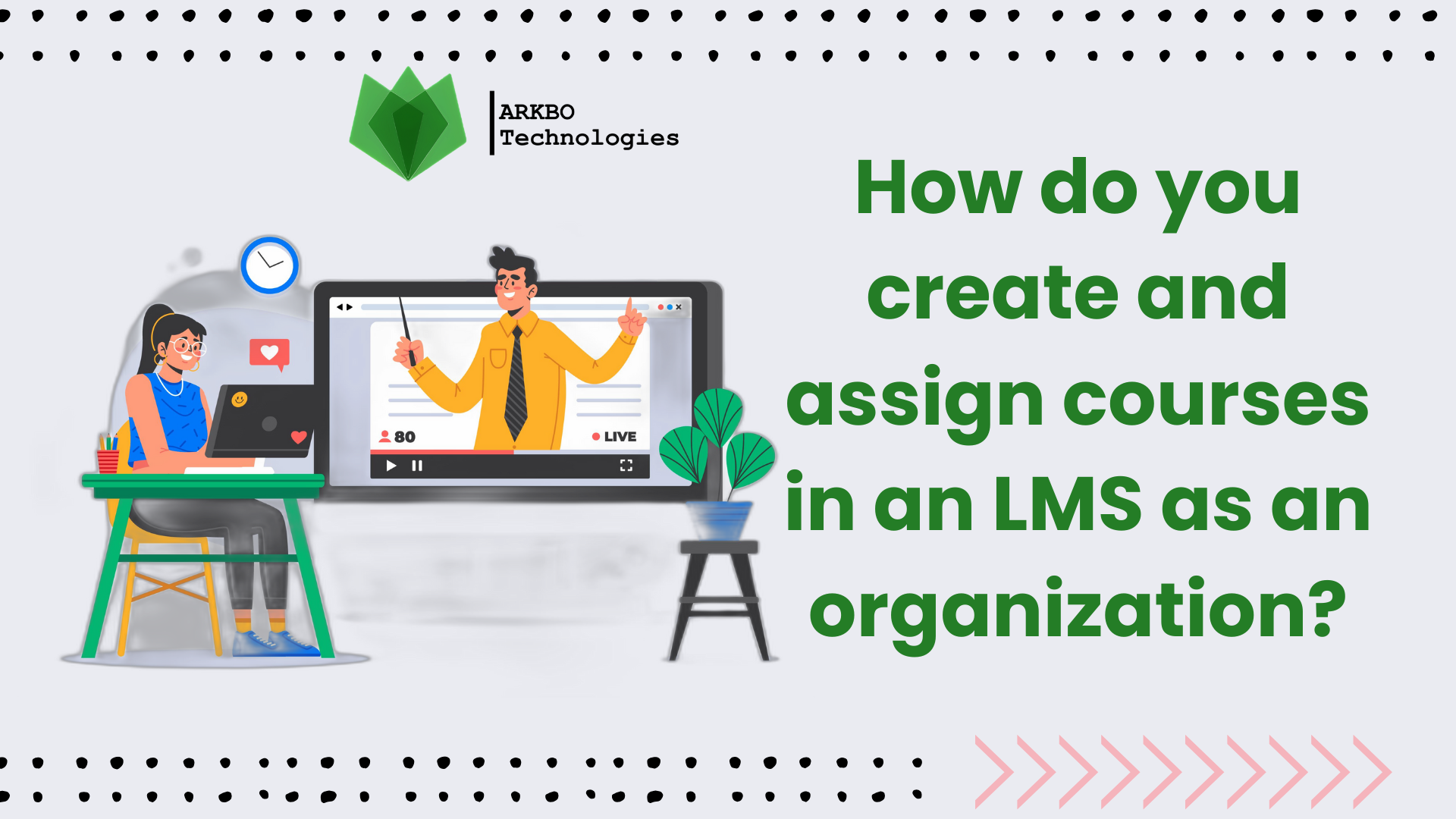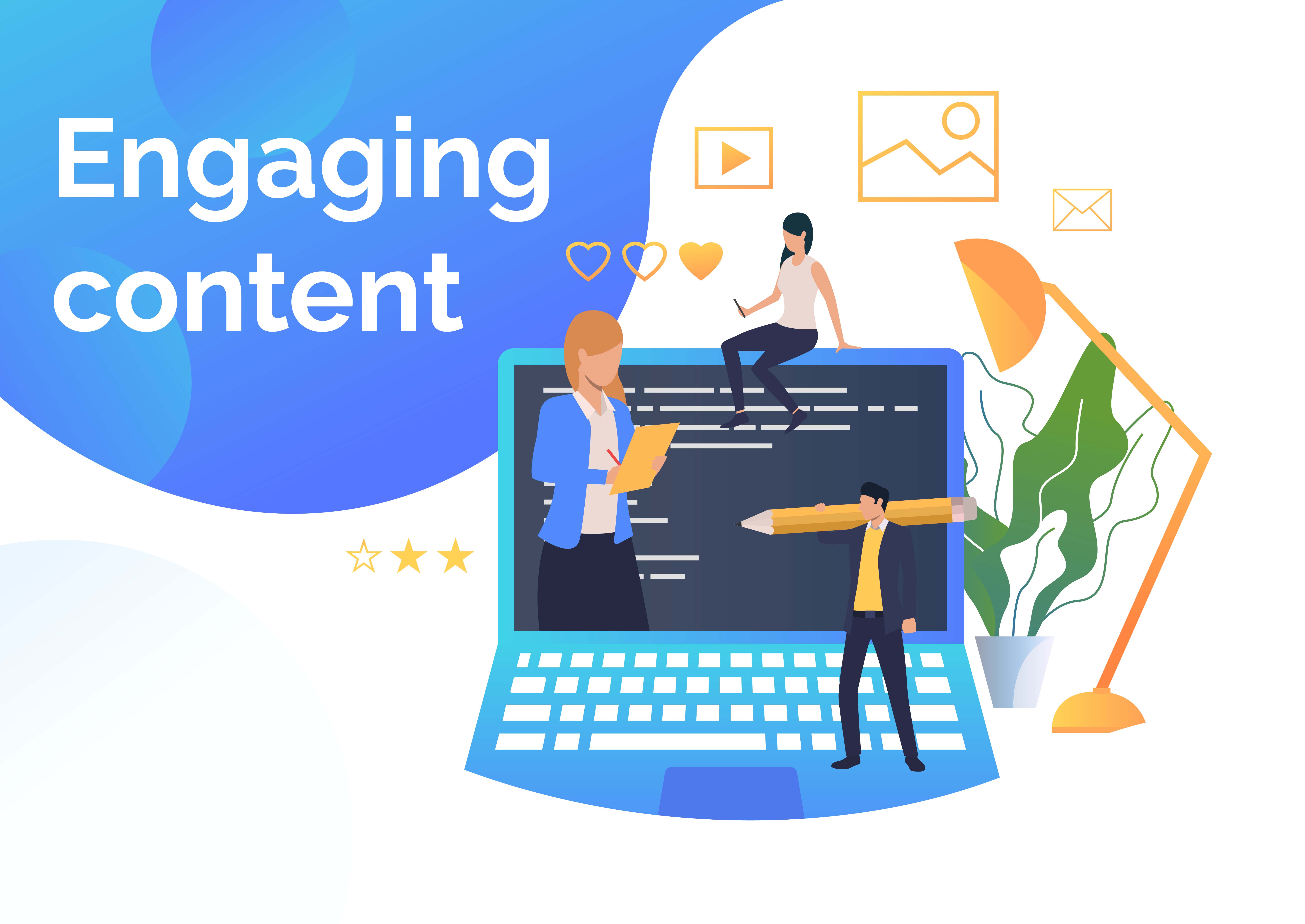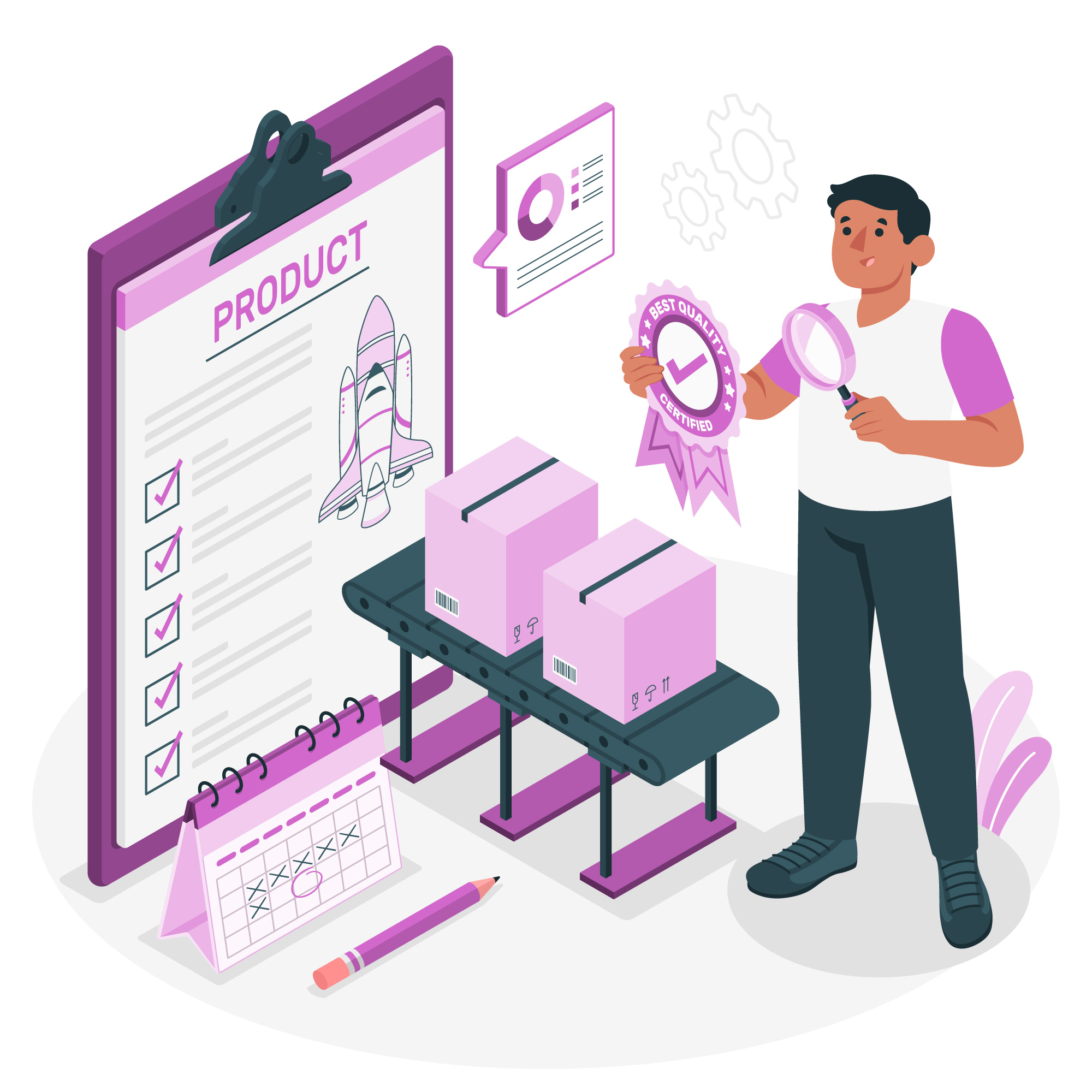
Understanding the need for an LMS for employees is the first step for improving productivity. However, to make employees accustomed to the organization’s native structure and work nature, training is essential. Not just training, but training with custom and specialized content is necessary.
Custom course creation and management is one of the key features of a Learning Management System. Custom content includes real-life scenarios, internal tools, company policies, and industry-specific skills. Further, training with custom content leads to better skill development, higher performance, and a stronger connection between learning and business growth.
Before launching content on an LMS, organizations should set learning goals and identify what they want to achieve (e.g., employee training, compliance, onboarding) with the LMS.
Now, let’s look into the steps an organization should take to create and assign courses in an LMS.
Here are the seven steps you can take to produce custom courses and assign them to relevant employees.
Once you’ve set your learning goals and identified what your learners need, the next step is to choose the right course structure. A good content structure makes it easier for learners to understand and remember the content. Here are a few common content structures you can have:
Modular Structure: Here, the main content is broken into sections that are completed one after another. Great for complex topics that need to be learned step by step. Example: An IT company can use this structure to train employees on coding and move step-by-step to advanced techniques.
Thematic Structure: Here, content can be organized around topics or themes rather than in order. Example: A leadership course can use this structure, discussing communication, decision-making, and team building.
Project-Based Structure: This structure focuses on hands-on learning, where learners complete real-world projects as they go. Example: This structure can be used to teach a digital marketing course. The learners follow a project-based structure; they create and run a real campaign as they progress.

Along with course structure, you can also determine the course’s delivery format, such as self-paced online, instructor-led, blended, or video-based courses.
Read More: Why is an LMS Essential for Organizational Growth?
Once the content structure and delivery style are determined, it is time to develop engaging which can capture learners’ attention, motivate them to participate actively, and help them retain information better.

To create truly engaging content, an organization can include a mix of visually appealing videos, infographics, and real-life stories. Other interactive elements like surveys, polls, simulations, and gamified challenges inspire active learning. In fact, organizations should include content that supports inclusivity and equity in employee training.
Assessments are crucial to help evaluate how learners are absorbing and applying the content. You can use quizzes, assignments, and tests for quick knowledge checks. With assessment, the trainer can provide instant feedback and help the learner correct misunderstandings right away.

Once the content is developed and uploaded to the LMS platform, it is time for user management in an LMS system.The main types of LMS user roles are as follows:
Learners: Those who take courses and complete training
Instructors/Trainers/Tutors: Those who create content and manage learners
Administrators: Those who manage system settings and users
Managers: Those who oversee team learning progress
Content Creators: Those who design and upload course materials

User management offers efficient control of access to the training materials. This eventually helps in tracking progress, managing enrollments, and maintaining data security.
It is necessary to add tracking and reporting tools to understand learners’ growth and training effectiveness. Trainers and administrators can look for course effectiveness, identify areas where learners may be struggling, and assess the overall impact of training on employee skill growth. Further, LMS tracking and reporting transform data from the learning into meaningful analytics; such insights improve learner outcomes, enhance training programs, and maximize return on investment.

In order to ensure the content you have developed is of a standard and will be efficient, the course must be tested. Course testing helps understand gaps or loopholes in the course structure. You can catch errors such as broken links, confusing instructions, or technical issues.

Feedback from the testees helps you figure out the clarity of the content, the assessments are fair, and the course works well on different devices. Early testing helps in reducing costly fixes post-launch, minimizes downtime, and ensures that the training meets the learning objectives from day one. Overall, content testing enables maintaining quality, professionalism, and satisfaction.
As industries evolve and technologies come to the market, regularly refreshing course materials helps learners stay up-to-date. Updating and improving the course ensures training remains relevant, accurate, and effective.

For content updates, you can incorporate learner feedback, address knowledge gaps, and enhance employee engagement through improved instructional design.
So, you got the signs that your company needs an LMS and now want to invest in the best LMS on the market?
Well, all you have to do is understand the mistakes when choosing an LMS. Finally, when you have the checklist, look for the best one on the market.
ARKBO LMS, the best LMS in Nepal, is designed to help organizations deliver online, secure, and insight-driven training experiences.
With ARKBO LMS, you can include your custom content as well as access external but relevant content to your training.
Want to know more about the Learning Platform? Book a FREE Demo today or contact us for further details.
Read More: Complete Guide to Learning Management System